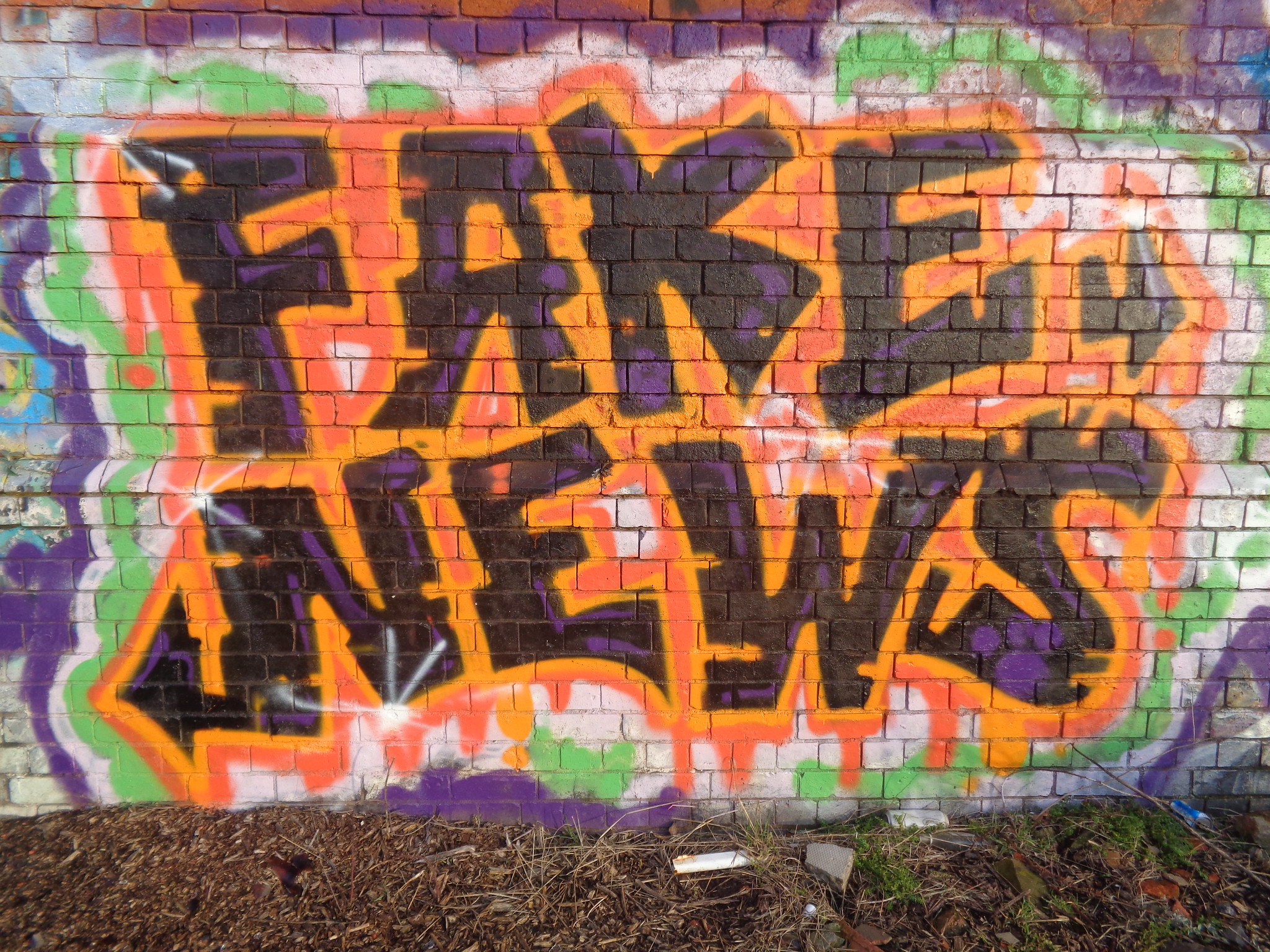The coronavirus crisis has substantially increased news consumption for mainstream media yet trust in the media and news remains low, especially in the UK. Trust in news and media matters, particularly during a time of crisis. As trust decreases people turn to alternative sources that exploit the weaknesses of traditional media outlets, often peddling conspiracy theories, promoting misinformation and, at worst, spreading false information deliberately intended to mislead.
According to the January poll in the Reuters Institute’s Digital News Report 2020, only 38% of people said they trusted the news most of the time. Less than half – 46% – said they trusted even their favoured news source.
In the UK, only 28% of respondents backed the statement. That figure was 12 percentage points lower than the nation’s response in the 2019 report. Interestingly, the report also found that, across age groups, the use of Instagram for news has doubled since 2018. Nearly a quarter of UK 18-24-year-olds used Instagram as a source of news about coronavirus yet social media platforms were also among the least-trusted sources.
Writing for The Atlantic, Helen Lewis describes these alternative news outlets as ‘Potemkin journalism’. They look like news outlets, write like them but follow completely different rules. Where journalists can only report what they can prove to be true—and what they are confident they can demonstrate in court, these outlets are quick to offer sweeping, totalising narratives, without the complications and caveats that make many genuine investigations a chore to read.
“It looks like an investigation, but the conclusion is already determined, and any inconvenient facts are quickly airbrushed. And yet it gains gravitas and authority by copying the grammar of news reporting.”
However, as Helen Lewis points out, it’s tempting to say that these alternative news outlets, this ‘Potemkin journalism’, flourishes because trust in the media is so low. But that is only partly right. These outlets use the form of traditional reporting precisely because it’s familiar, we recognise it as an authoritative source, and therefore instinctively believe it.
We’re attracted to them because they look like traditional outlets and can offer us ‘facts’ where there are none.
These alternative sites expose the weaknesses of the media. They exploit the caution necessary when running a news organisation that can be sued by private individuals, or prosecuted under laws governing contempt of court or espionage.
Therefore, a way to prevent these sites from spreading misinformation is to make sure they don’t get away with it. They need to be made to practice the same caution and follow the same rules as the media organisations they try to look like.
According to Jakub Kalenský, a Senior Fellow at the Atlantic Council’s Digital Forensic Research Lab, there should be four lines of defence against disinformation.
Documenting the threats
Raising awareness of the threat
Repairing the weaknesses that the aggressors exploit
Punishing the aggressors
We’ve become very good at documenting the threats of disinformation and there are many organisations out there studying examples, channels and its impact. Similarly, major organisations such as WHO, the EU and UNESCO conduct information campaigns to raise public awareness.
The third line of defence requires a long term commitment from governments to reduce tensions between social groups and to help build trust in the media and promote media literacy, among other things, to make sure aggressors find less weaknesses to exploit.
But finally, it’s paramount that those who create and seed this disinformation are found and punished. Spreading misinformation or spreading deliberately false information intended to mislead should have made much more costly implications and penalties.
This is, of course, easier said than done. We’ve seen so-called anti-fake news laws said to aim at stopping the spread of false information being used to stifle freedom of expression and suppress political opposition.
There are, however, other tools available that do not infringe on (what should be) fundamental rights and freedoms. For instance, libel and defamation laws already exist and could be used to a much greater extent when it comes to disinformation cases. Sanctions could be applied to propagandists and propaganda outlets.
Western companies advertising on these channels should also be facing the threat of sanctions. At the top of the list of the biggest advertisers on pro-Kremlin media outlets and Russian state media are many western companies such as Pepsi and Nestle – they are essentially funding the spread of misinformation and that should have consequences.
Even though, of course, it won’t solve the problem completely, introducing some of these measures and applying the tools already at hand with greater frequency would help create a deterrent that could, at least, significantly reduce the sheer amount of disinformation out there.

